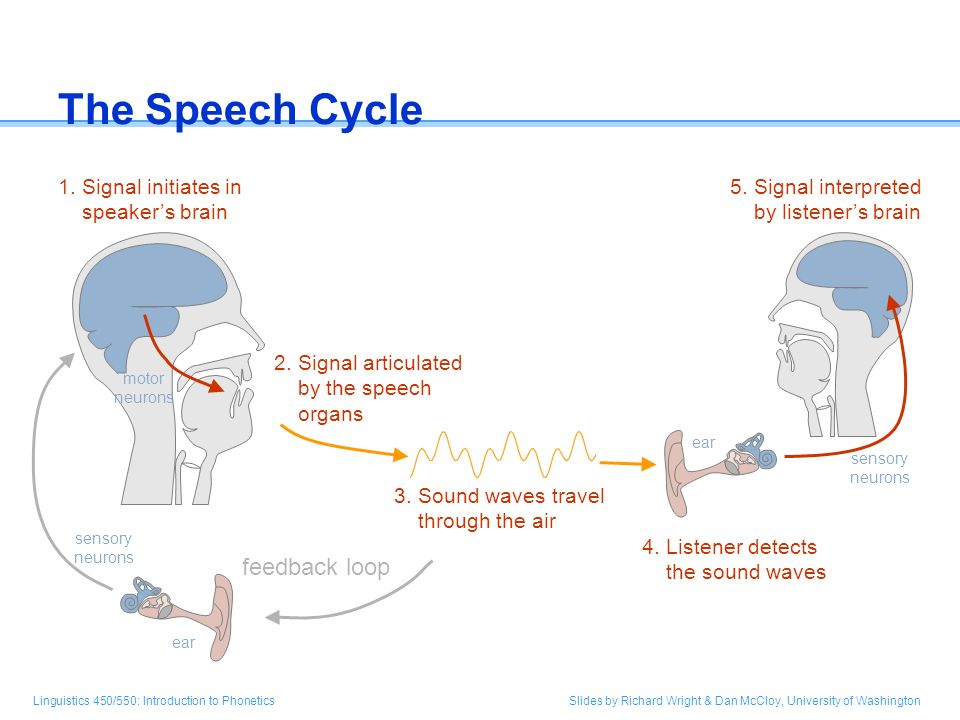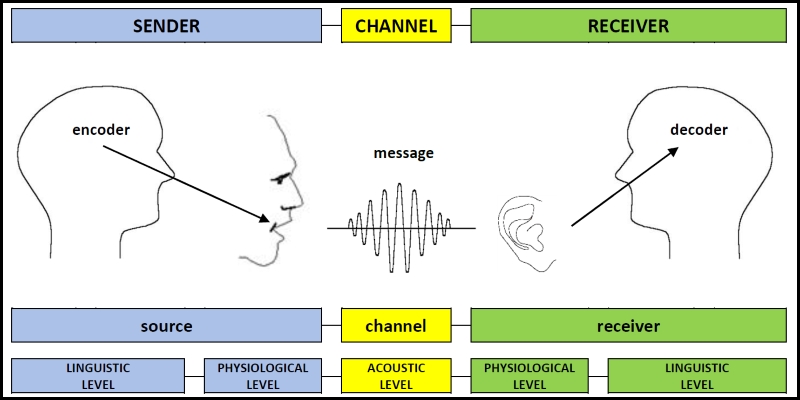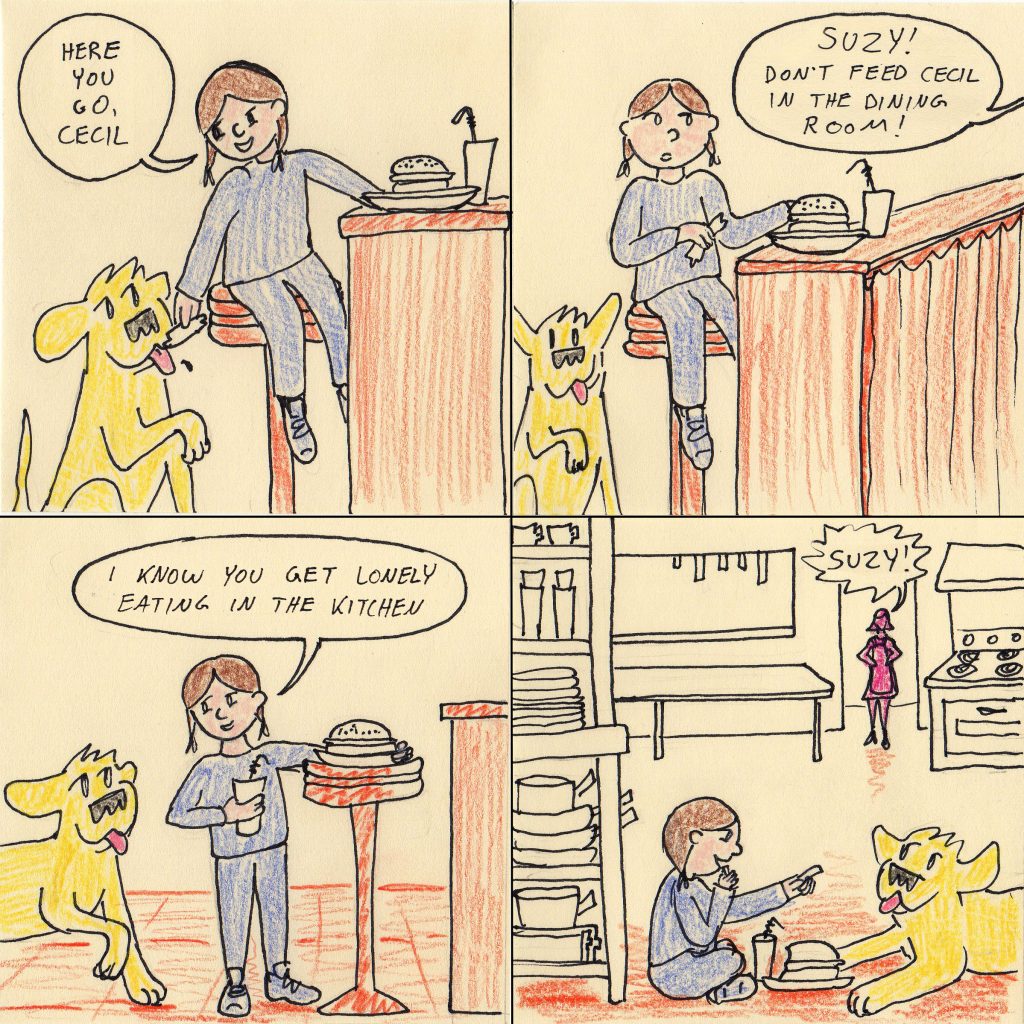Juan with some thoughts on examining what it means to write when making comics!
—————————————————————————————————
The other night, over dinner here in Pittsburgh, Jenn Lisa and I were talking about making autobio comics and she asked “Are comics mostly writing? Only?”. It made me stop in my tracks.
That’s a good question.
To me, comics are more writing than they are drawing. That writing process though, is one that far different from this common notion:
And the drawing? In comics, the drawing is really just about the recording of images. To clarify, the writing – tt’s how those recorded images are arranged and presented.
I just heard someone say that the dirty secret of comics is that it is mostly writing and if you haven’t done good writing all you made was a pretty picture.
And everything in me wants to dispute that.
It isn’t that cut and dry to me. – Jenn Lisa
I agree and disagree. Yes, the dirty secret is that comics is mostly writing. That is true. I firmly believe that.
But the only people that I ever hear touting that idea usually have a very narrow definition of writing.
So how does that affect you as a comics maker? Well, indulge me in a tangent. This one is for all you folks that hate the planning and foresight that you see kill joy and beauty in many comics makers practices. It’s an idea you might already be familiar with, but I just want to sing the song more fully into the ether.
We don’t hone in on meaning by having a creative process that follows a straight line, the reality is that most of us spiral in on that meaning, by diligent work. But what if you don’t know what you’re trying to say? That’s ok. You can still make comics without knowing what you’re trying to say, so long as you know that you’re trying to say something. Your comics will still have an impact, even if you’re not communicating exactly what you intend.
How do you get to that meaning? There’s this thing that happens, in comics making, and art in general that I’d like to talk about. What is the nature of the back and forth between the work a reader does and the work a writer does? Writer here being the operative name for the person making the comic.
Sam Ombiri and I have talked about it at length during the Pittsburgh Comics Salons monthly meet ups.
If I take 14 random drawings from my pile of post it notes and arrange them across 4 pages, and I give it to you in a little booklet, your brain, the readers brain, stitches together a patter of cohesion. That pattern will vary connect disparate elements. Make order out of chaos.
They try to figure out a pattern. Why are these images together? The reader does all this work without trying. They can’t help it.
As a comics maker, that is a tool that we are using. A reader is naturally going to be interpreting what we assemble together. As a result, we can be playful, intuitive in what we draw and how we arrange what we draw. It will be stitched together by the reader. You don’t need to shove the connective tissue of narrative and symbolism down a reader’s throat. You don’t need to know everything you are trying to do.
That’s all pretty explored territory conceptually among many comics makers. The part where my conversations with Sam get interesting is when we talk about signal processing a little more in depth.
The signal interpreted by the listeners brain CAN be the same one that you are making. BUT, it can also not be that, while still being an interesting signal. The meaning you intend can be communicated, and you can work at figuring out how to effectively communicate that meaning so that they get what you intended them to get out of the written sequence. There’s a beautiful dance between signal and noise that we are working through when we create art for others to interpret.

But no matter what, their brain is going to interpret a signal. The realization was a breakthrough.
You can choose how intentional you are about the signal you are transmitting.
With that knowledge, you can allow the process of drawing and writing and editing to flow more intuitively. Allowing yourself. You can choose to simply be a radio antenna with your drawings on the page, and how you arrange those drawings on the page in ways that feel intuitively, “right” or “good” to you – your comic will beam a signal to the brain of the other through the reading experience, whether you are aware of that signal or not.
 This is a model of aural communication, just swap out aural for visual 😉
This is a model of aural communication, just swap out aural for visual 😉
Don’t be afraid to allow the process to be a Rorshach test of your subconscious. You can see what comes out in your drawing, your arranging. Allow for the accidents! Keep moving. Keep making marks, keep tracing, keep moving your index cards. You don’t have to know what you’re looking for, you just need to know that you’re looking. The paper trail you leave in your search for truth in your comics, that’s your writing.
All that said, in a more grounded sense, the process of editing, that traditional refining that we do as cartoonists, that’s where writing is also happening. Every step of the way, where you change, add or subtract meaning, that’s writing. Color blocking is writing. How you scoot images, how you erase, what you add after initial drawings and after you let work sit for a little while, that’s all writing.
The intentional arrangement of anything, to be parsed and understood a certain way, that’s writing.
So yes, comics are mostly/only writing. But not in the way you think they are.
* It’s funny to me that the “writing” in panels and across pages in comics found as lettering is fundamentally drawing. That’s a point Kevin Huizenga drives home to his students. More on that, another day.
—————————————————————————————————
Los cómics y las noticias que me han llamado la atención esta semana:
~ en Español y in English ~
- En el último
#FanzineMagazine Paloma García Zúñiga habla de “Necrópolis del Este” y el gran MAX les cuenta su música para dibujar con Victor Coyote y Mireia Pérez. Escúchalo aquí. -
Having trouble with anxiety attacks? Well fret no more! Kat Fajardo offers up an illustrated guide on remedies and why it works. Check out this Pay-What-You-Wish publication and consider sending it to a loved one!
-
Esteban Hernández charla en Cafe con Vistas sobre tebeos y su Moneda músical.
-
Podrá ser miercoles, sí, pero también hay nuevo número de Revista Cactus. Lo puedes leer ya enterito y gratis, aquí: http://bit.ly/2Fbz6CW
- Inés Estrada gives you the low down on How to Avoid Boredom over on vice.com
—————————————————————————————————
Suzy and Cecil – 3-7-2018 – by Sally Ingraham

